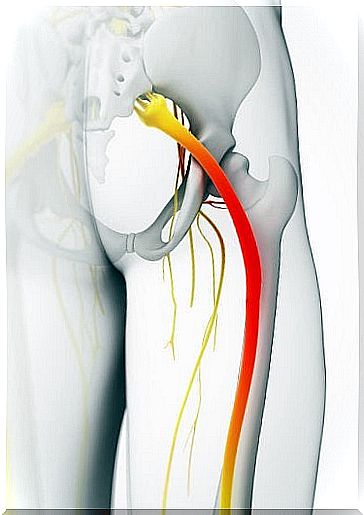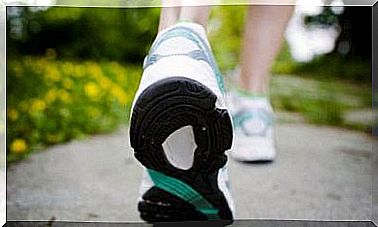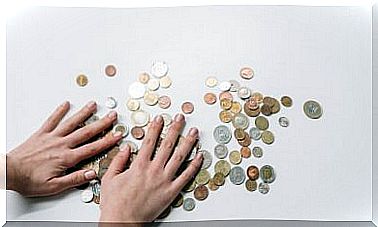A Small 3D Print Could Help Restore Injured Nerves
3D printing technology came to revolutionize the world. This time we focus on recent research that found this could be the solution to restoring injured nerves. With this, the improvement of motor and sensory functions that are affected is also obtained.
In general terms, thanks to various investigations, the application of this technology in medicine is increasing. Many studies have focused on its profits. Especially after knowing that it could be used for the manufacture of organs and tissues.
Scientists have found important results. These, in the future, could represent an interesting way to perform treatments and improve the quality of life of millions of people. Let’s see what this important finding is about.
Restore injured nerves using a small 3D print

The scientists experimented with rats through the implantation of a silicone guide made by 3D printing. Is it may help restore injured nerves. F ue the first of its kind to be developed.
- The 3D device was manufactured after researchers performed a 3D scan. This in order to determine the structure of the sciatic nerve in rats.
- Then, they used a 3D printer designed for this purpose. This could help to regenerate through chemical signals that stimulate the reconstruction of both the motor and sensory nerves.
- The rats were then surgically implanted into each severed end of the nerve. After 10 and 12 weeks after the procedure, the rats had a greater ability to walk again.
The results of this innovative technology represent a possible treatment to help more than 200,000 people who a year develop some type of nerve injury associated with degenerative injuries or diseases that compromise the nervous system.

Future view based on the results obtained
The head of the research is Professor of Mechanical Engineering Michael McAlpine. He referred to these findings with great optimism:
- “This represents an important proof of concept for 3D printing of bespoke nerve guides for regeneration of complex nerve injuries.”
- “We are hopeful that one day we can have a direct scanner and 3D printer in every hospital. So you can create custom rib guides right in the place. That way, we could restore nerve function quickly. “
It is expected that in humans they can obtain similar benefits. Although, so far, the effects of this process have only been tested in rats.
People’s nerves show some resistance to growth after injury and could only be repaired after a long process.
However, with the implantation of this 3D printing, the results could potentially be better than nerve grafts. In turn, they could be noticed in less time.
The entire scanning and printing procedure with this technology takes about an hour. However, it takes several weeks for the effects on the nerves to occur.

In conclusion
For now the element only represents a hope for the future treatment of nerve regeneration. Well, it is more of a concept than a reality. However, its developers believe that it is the beginning of more research that can build on its initial success.
Nerve regrowth after injury or illness is mysterious and complex. At present, this fact continues to be investigated. The consequences are permanent for most patients. For this reason, a method is being sought to speed up its reconstruction.
However, more research is required to ensure that a procedure such as 3D impression implantation can be so successful in restoring injured nerves in humans.








